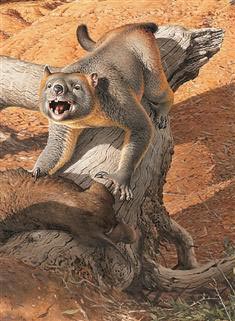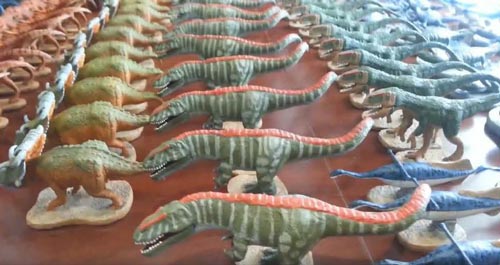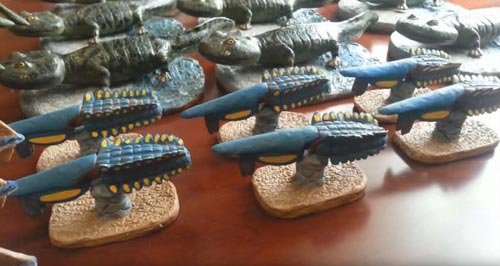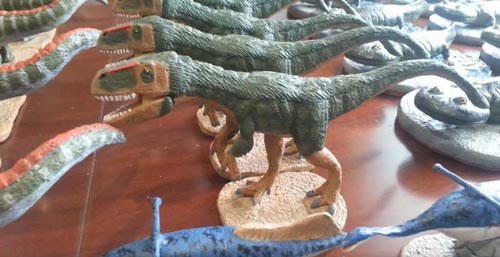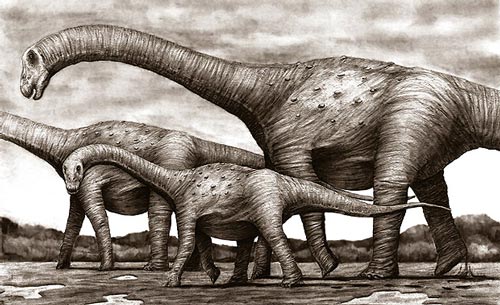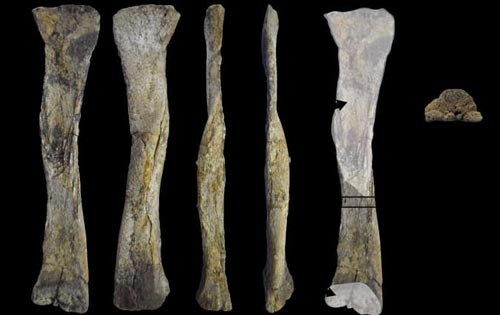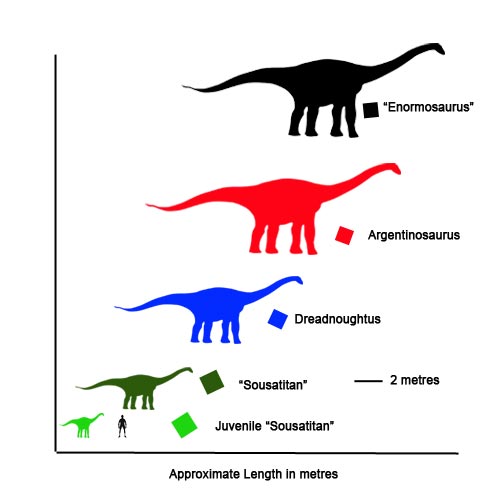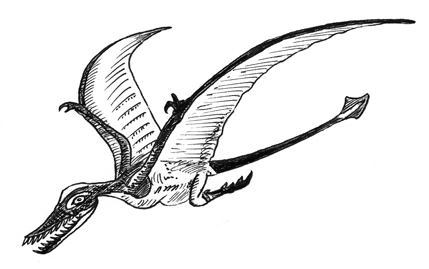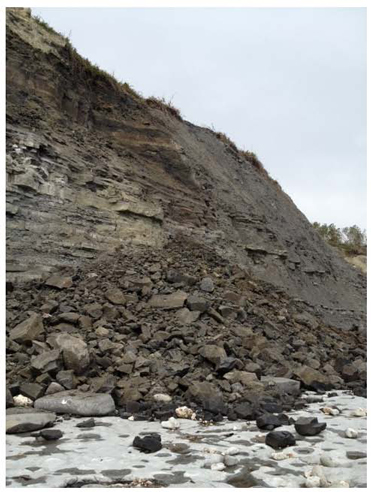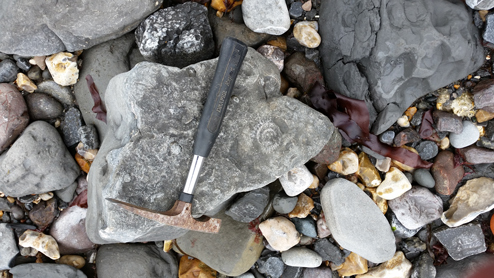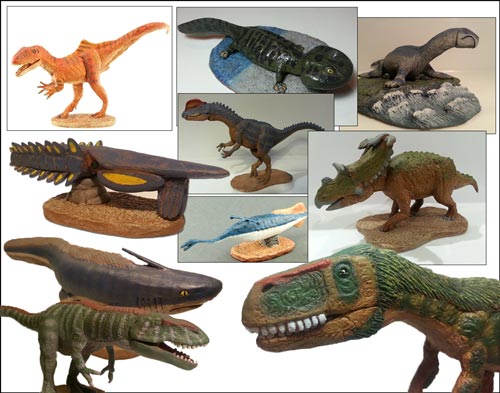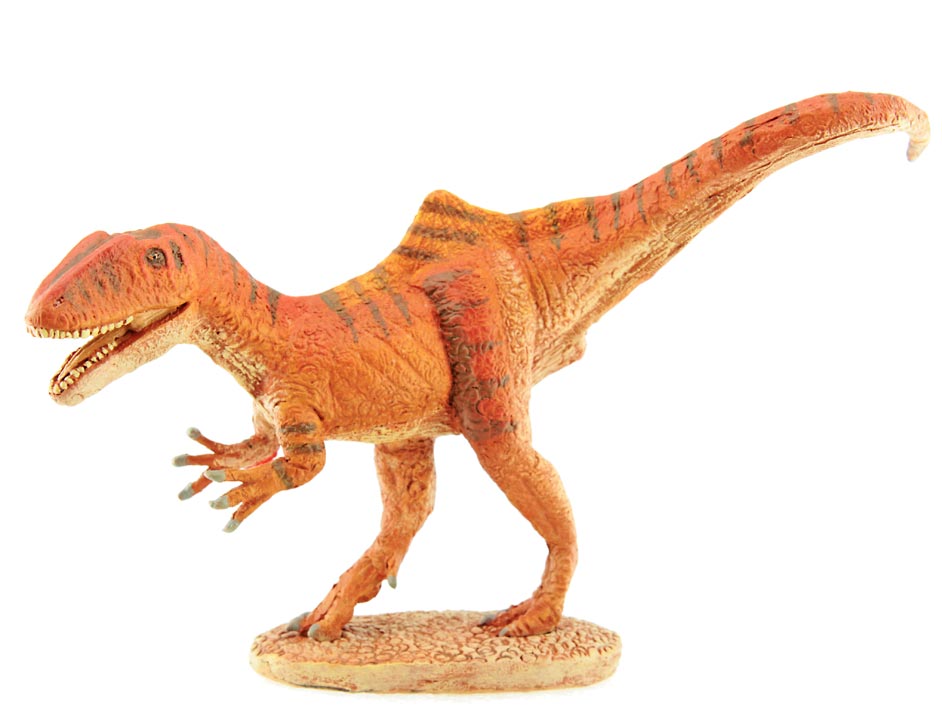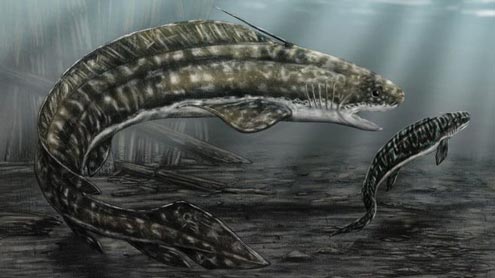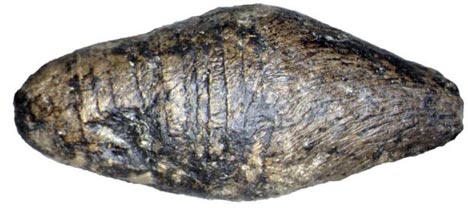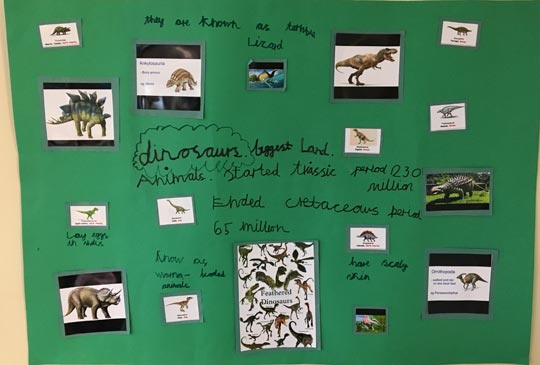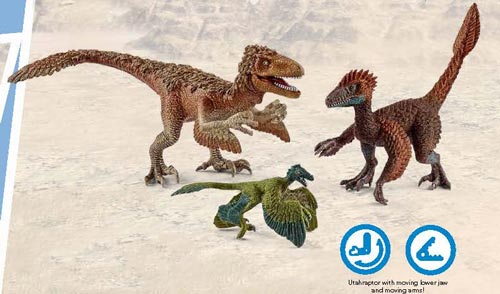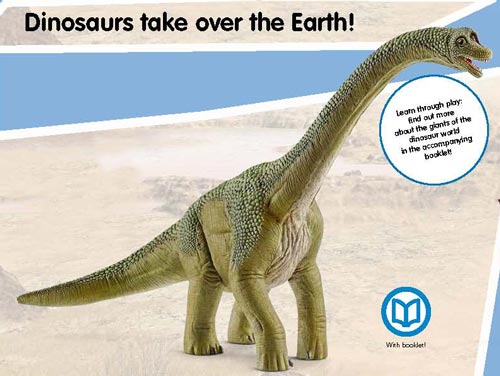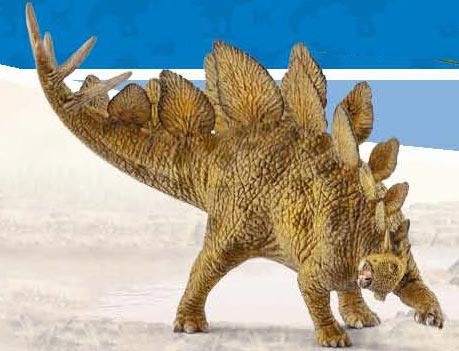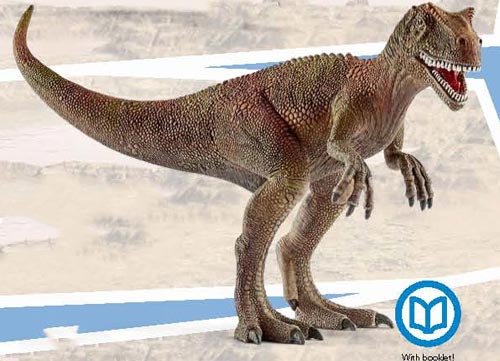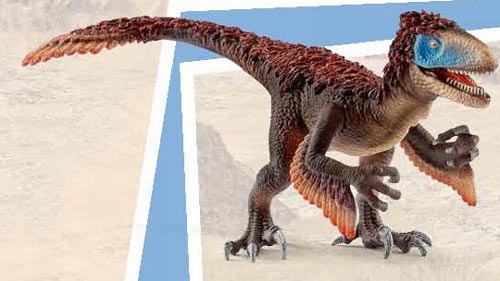How the Marsupial Lion Got To Grips With Its Prey
Unique Elbows of Thylacoleo Hints at Hunting Strategy
The fearsome Thylacoleo (Thylacoleo carnifex), commonly referred to as the “Marsupial Lion” may have had a unique hunting strategy. The anatomy of the limbs indicate that this native of Australia up until around 46,000 years or so ago, had very robust front legs, but it was not a fast runner. It was probably an ambush specialist, but how did this 100-kilogramme-mammal despatch its prey? After all, it did not have the teeth typical of a carnivore. For example, Thylacoleo lacked canines in the lower jaw and although they were present in the upper jaw, they were extremely small (a feature no doubt noted by Richard Owen, later Sir Richard Owen, who named and described this genus back in 1859).
The Fearsome Thylacoleo – but How Did it Hunt and Kill?
Picture credit: Peter Trusler/Australian Post
In a new paper, published in the academic journal “Paleobiology”, scientists from the University of Málaga (Spain), in collaboration with colleagues from Bristol University conclude that Thylacoleo used its big but blunt incisors to grab prey before carrying out the “coup de grâce” with a swipes from its powerful paws which possessed a formidable set of claws including a super-sized claw on its first digit, (the equivalent digit in our species being the thumb).
For models and replicas of prehistoric animals: Prehistoric Animal Models.
Comparing Elbows
How was this conclusion made? It’s relatively simple really, the scientists studied the fossilised elbows of Thylacoleo and compared them to a number of living mammals (placental as well as marsupial). It turns out that this pouched predator had a unique elbow joint amongst carnivorous mammals.
One of the authors of the newly published paper, Christine Janis (Marie Curie Research Fellow at the University of Bristol, currently on a leave of absence from a professorship at Brown University, United States), explained that this study indicates that there is a strong association between the anatomy of the humerus where it articulates with the ulna and radius (the elbow) and the way in which animals move about.
Examining Elbow Joints
Specialised runners like canids (dogs) have an elbow joint indicating movement restricted to a back and forwards motion, helping to stabilise their bodies on the ground, great for running, whilst mammals that are confident climbers, monkeys for example, have an elbow joint that allows for rotation of the hand.
Felidae (cats), have an elbow joint of intermediate shape, as they use their forelimbs to wrestle prey and many types of cat are adroit when it comes to climbing.
In contrast, the unique elbow joint of Thylacoleo permitted extensive rotation of the hand but it also possessed features not seen in extant mammals that permitted the elbow to stabilise the limb when the animal was on the ground. The “Marsupial Lion” has long been thought to have been at home in the trees, an animal capable of an arboreal existence, although ironically a number of the most complete and best preserved Thylacoleo fossils have been found in limestone caves in the Nullabor Plain region of Australia (Nullabor loosely translates as “no trees”).
Christine Janis stated:
“If Thylacoleo had hunted like a lion using its forelimbs to manipulate its prey, then its elbow joint should have been lion-like. But, surprisingly, it had a unique elbow-joint among living predatory mammals , one that suggested a great deal of rotational capacity of the hand, like an arboreal mammal, but also features not seen in living climbers, that would have stabilised the limb on the ground (suggesting that it was not simply a climber).”
The Marsupial Lion Had an Extreme Amount of Forelimb Manoeuvrability
Christine and her colleagues group Thylacoleo with living animals that have an extreme amount of forelimb manoeuvrability, animals such as primates, sloths and anteaters. The analysis showed that it had a greater degree of manoeuvrability than any living, meat-eating placental mammal and the team concludes that Thylacoleo was mainly terrestrial but with some climbing abilities and the forelimbs were used to overpower prey.
The African lion (Panthera leo) does not possess such flexible forelimbs and when the unique elbow joint is considered in conjunction with that over sized first digit claw, the researchers hypothesise that the “Marsupial Lion” used its claws to kill. The big, but blunt incisors in the jaws were probably used to clamp down on prey and then with the large and retractable claw on the semi-opposable thumb (the dew claw), Thylacoleo could have slashed at its victims.
Visit Everything Dinosaur’s website: Everything Dinosaur.
The First Human Inhabitants of Australia Knew All About the Marsupial Lion
However, it hunted, Thylacoleo was one creature that you would not want to have encountered in the outback. The first Australians, the ancestors of the today’s aboriginal people, would have known Thylacoleo and probably they were wise enough to give it a wide berth.
The scientific paper: “Ecomorphological determinations in the absence of living analogues: the predatory behaviour of the marsupial lion (Thylacoleo carnifex) as revealed by elbow joint morphology”
To read an earlier article which examined the link between scratches made on cave walls and the climbing abilities of the Marsupial Lion: Don’t Climb a Tree to Avoid a Thylacoleo!


